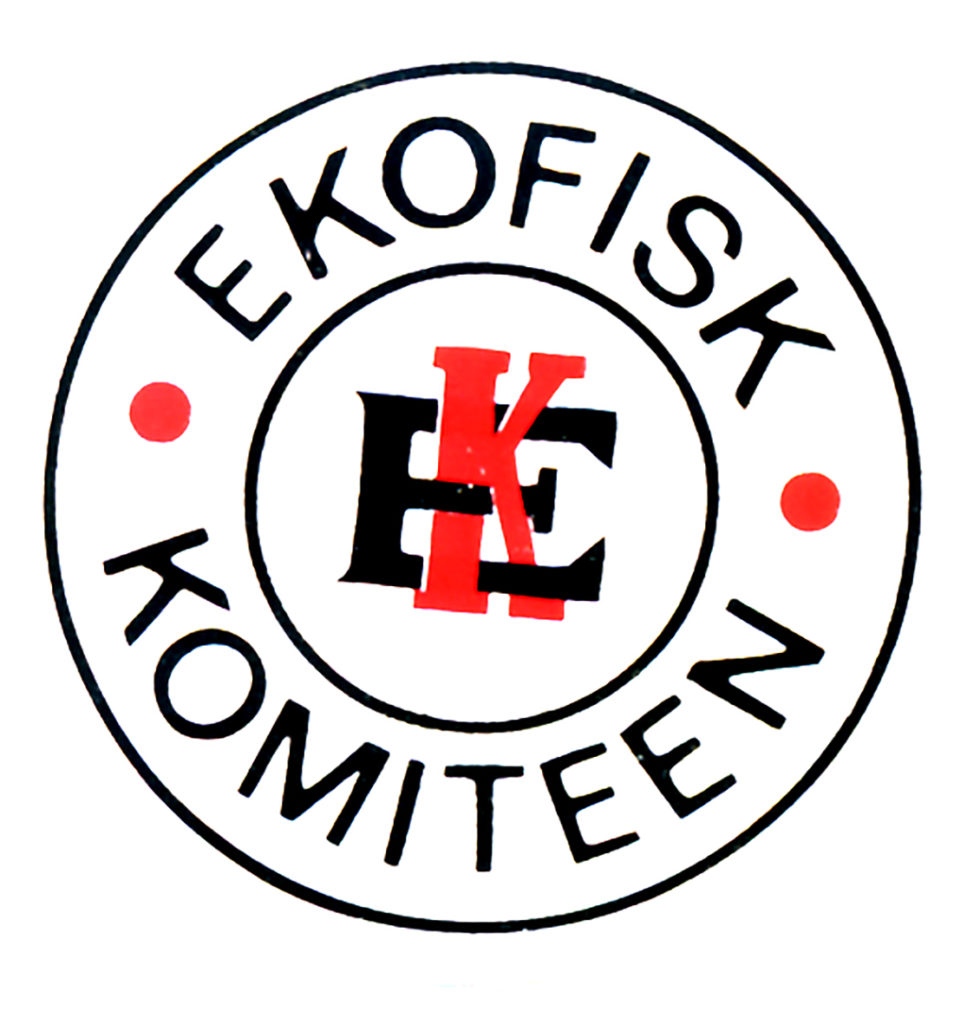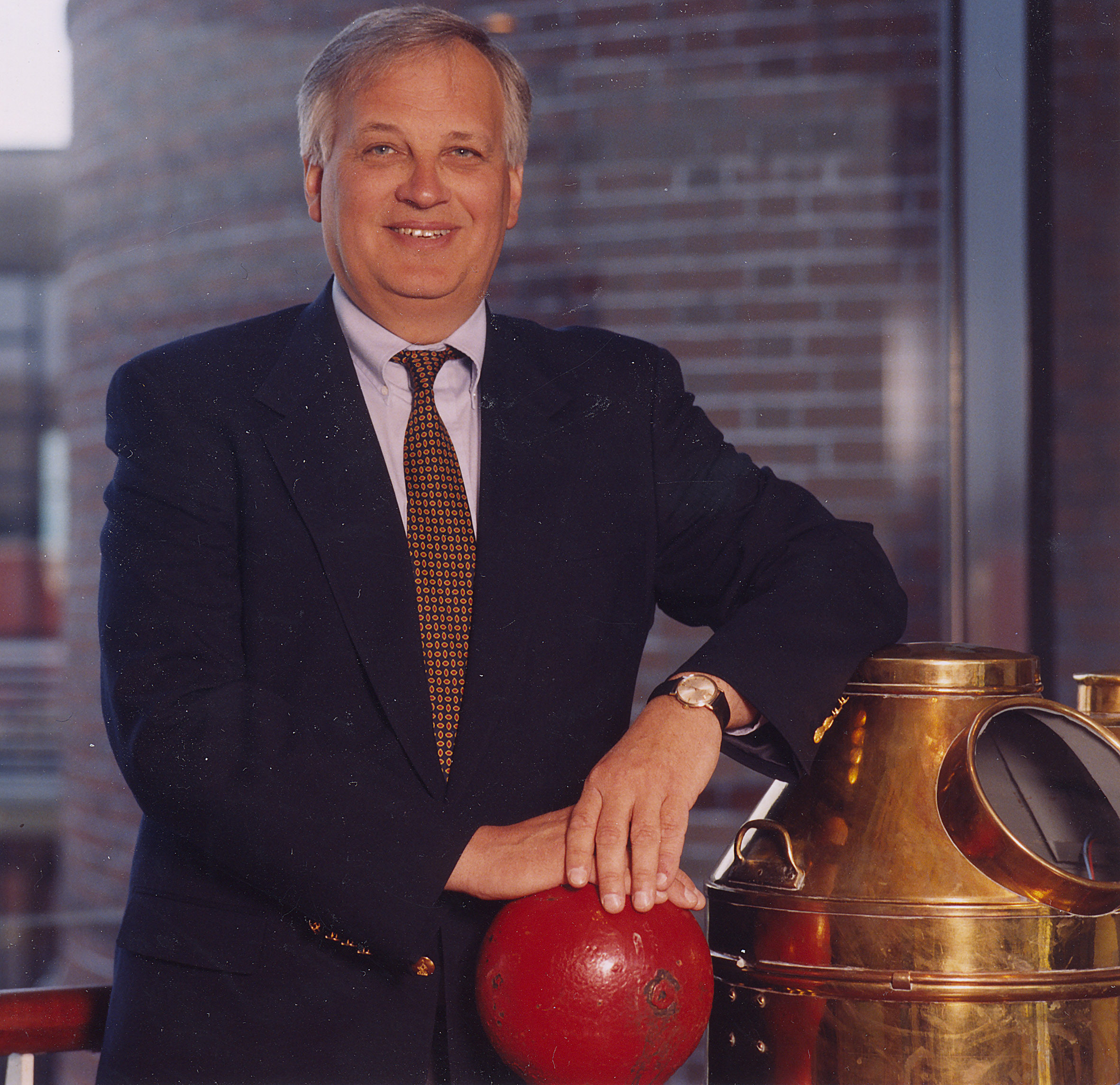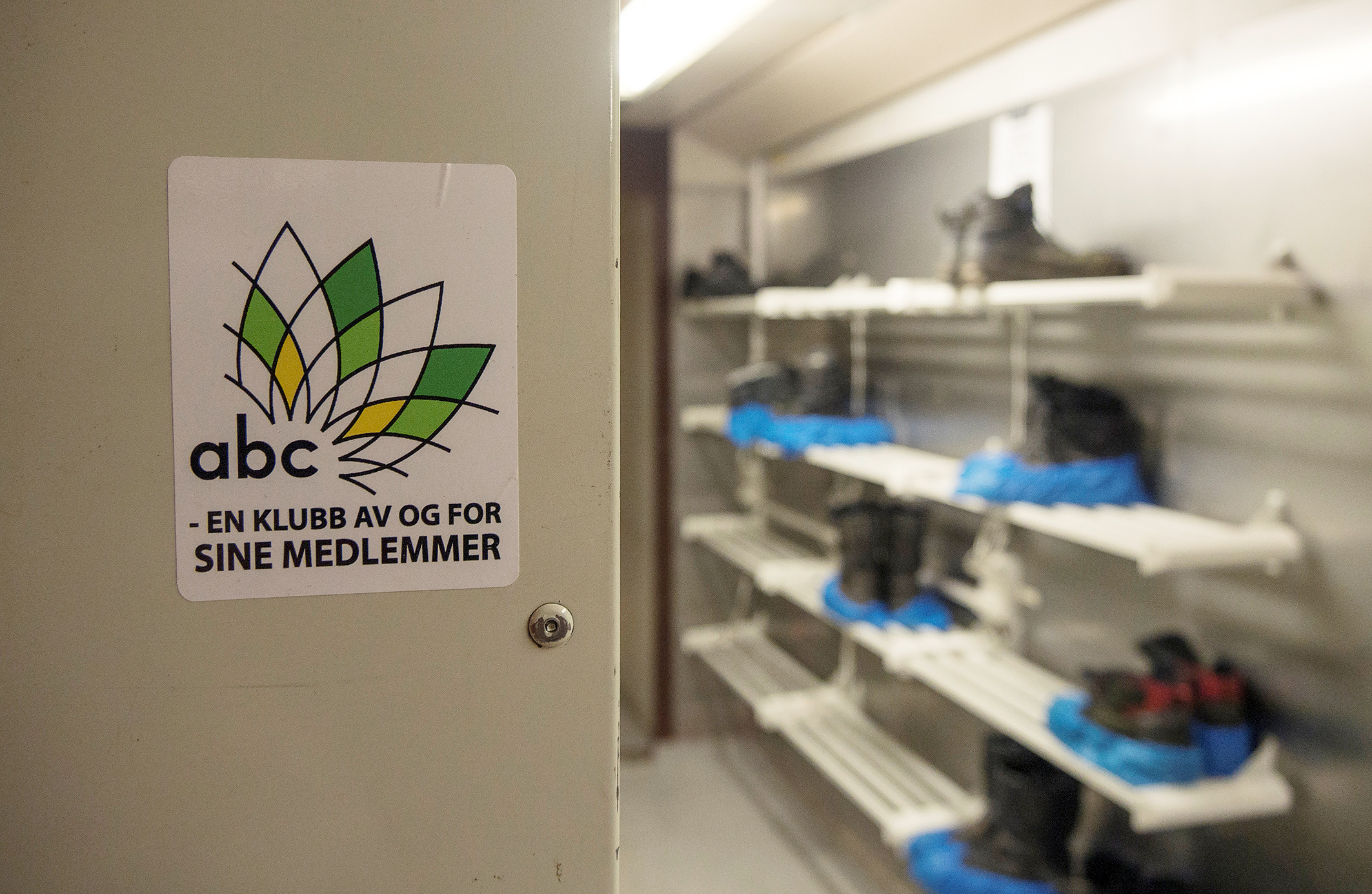Search for collaboration and union opposition

These conditions put a stop to the government’s “Norwegianisation” policy of the late 1970s and early 1980s, since that approach depended on high oil prices and large discoveries. The oil companies were no longer willing to accept the same level of state influence. But the combination of falling prices and a smaller resource base eventually threatened all the players in the Norwegian petroleum sector.
To combat the negative trend, industry and energyminister Finn Kristensen took the initiative in 1993 to establish a joint project to strengthen the competitive position of the NCS (Norsok). This marked the start of a drive to enhance efficiency and secure economies of scale in Norway’s offshore sector. It also played a strong role in encouraging closer collaboration between Phillips Petroleum, BP and Amoco as the operators of the southernmost fields on the NCS.
Both this Co-op project and the wider Norsok process involved Amoco’s ABC house union in much effort to protect employee rights and, not least, work on offshore health, safety and the environment (HSE).
Norsok
 Forsøk på samarbeid og arbeidstakermotstand, arbeidsliv
Forsøk på samarbeid og arbeidstakermotstand, arbeidslivThe Norsok collaboration originated as a joint understanding between the government, the oil companies and the supplies industry. Dramatic cost cuts were to be achieved for development projects and operations through new forms of cooperation and simplified regulations. During this work, fairly general agreement emerged on both instruments and goals.[REMOVE]Fotnote: Engen, Ole Andreas, and Olsen, Odd Einar,“Olje-Norge i endring” feature article in Dagbladet ,22 October 1999. A common understanding existed that extensive standardisation was needed to simplify and improve work processes.
The project was formalised in the spring of 1994 under the leadership of a joint committee drawn from the Norwegian Oil Industry Association (OLF), the Federation of Norwegian Manufacturing Industries (TBL), the government and the unions. Activities were organised through a management committee and seven work groups, and it was recognised that the job had to be done by the industry itself. The Norsok secretariat’s role was to be driving force for altering culture and attitudes.
The unions were basically positive to the idea of changes which could help to safeguard jobs, both offshore and at oil-related facilities on land.
 Forsøk på samarbeid og arbeidstakermotstand, arbeidsliv
Forsøk på samarbeid og arbeidstakermotstand, arbeidslivAlthough the Federation of Offshore Workers Trade Unions (OFS) distanced itself from Norsok at an early stage, both the Norwegian Oil and Petrochemical Workers Union (Nopef) and the United Federation of Trade Unions were represented in the development and operations forum and the workgroup for HSE.
The union movement appreciated the socio-economic and employment benefits of rationalising offshore operations so that fields could stay on stream longer and more discoveries could be developed. However, this support was conditional on no changes being made at the expense of the health,safety and the working environment for employees.[REMOVE]Fotnote: Nopef Aktuelt , no 1 1998, “Norsok går ut overarbeidsmiljøet”. In fact, HSE eventually became a key reason why union attitudes to the collaboration project shifted from a positive view to a more critical stance.
This reflected a realisation that plans to enhance efficiency and boost earnings were likely to put greater pressure on the working environment in the sector. While the main aim of Norsok was originally to provide a united industry with benefits from a restructuring, some suppliers found themselves faced with more risk, demands for faster delivery times and strong competition over price.
These factors put pressure on the workforce and threatened the objective of maintaining HSE requirements.[REMOVE]Fotnote: Petropol , 10 October 2005, “Er oljeindustrien klar for det neste århundre?”. The supplies industry as a whole began to see itself a loser in a process dictated by the government and the oil companies.
Neither the unions nor large parts of the supplies sector were confident any longer that the Norsok collaboration would represent gains for all the players. They also feared a worsening in HSE conditions. With time taken and costs sharply reduced offshore, many employees found the process had yielded negative outcomes in this area.
The use of overtime to meet delivery deadlines and organisational measures to fulfil new market demands created dissatisfaction,and both Nopef and the United Federation claimed that these trends conflicted with the original expectations. Their basic condition for taking part in the process was that issues related to negotiated agreements on pay and conditions would be excluded, and that efforts would in any event be made to maintain the working environment.
The union movement’s early willingness to cooperate reflected a commitment to the “solidarity” approach of moderate pay rises and cost cuts to improve competitiveness. Intended to safeguard profitable jobs,this commitment was enshrined in the policy of the powerful Norwegian Confederation of Trade Unions (LO).
Difficulties arose when certain employers referred consistently to Norsok when questions arose over redundancies, rationalisation measures and changes to working conditions. The unions regarded this as a breach of the undertakings they had been given.
During the first few years, both the government and the oil companies regarded Norsok as a success which boosted revenues for eachside. But the positive financial and technical progress eventually turned to stagnation, and dramatic cost overruns were soon being reported for all field developments.
At the same time, oil prices declined again in the autumn of 1998 and reached a record low of USD 9 per barrel in the following winter. These developments culminated in the 1999 report from the Kaasen commission,which had been established by the minority centrist coalition headed by Kjell Magne Bondevik.
After reviewing and analysing all field developments pursued during the Norsok period, this study found that the technical and organisational consequences of the process had been negative.
By the late 1990s, Norsok had outplayed its role as a symbol of the Norwegian petroleum industry’s efforts to become more competitive, and its joint committee was dissolved in April 2000.[REMOVE]Fotnote: Engen, Ole Andreas, “Retorikk og realiteter. NORSOK-prosessen og økt konkurransedyktighet i norsk oljeindustri”, Norwegian Petroleum Museum Yearbook, 2000. The supplies sector took the view that the oil companies exploited the process to apply unilateral downward pressure on prices and delivery times.
For their part, workers accused their respective employers of exploiting the Norsok process when they wanted to implement unpopular organisational measures. Companies began to concentrate their attention on maintaining production and jobs rather than on rules, standards and routines for effective collaboration in the industry.
Collaboration between thesouthern fields – Co-op
Although Norsok failed to live up to expectations, the project functioned – together with the ministry – as a prime mover in promoting closer collaboration between oil companies. Cost-effective operation and faster developments were necessary if the NCS was to stay competitive, and Phillips, BP and Amoco were encouraged by Norsok to launch their own project. Covering Valhall, Hod, Ula and the various fields in the Ekofisk area, this Co-op project aimed at a long-term operational partnership between the three companies.
The vision was to identify and exploit joint possibilities to boost production, cut costs and enhance HSE performance on their respective fields, and to improve development opportunities.[REMOVE]Fotnote: Amoco, BP og Phillips foreslårmodell for framtidig samarbeid i Norge . Memo from Amoco, BP and Phillips.
A dedicated project team comprising two full-time employees from each company was established in the autumn of 1996, and drew toa great extent on necessary internal and external expertise. Union officials were also heavily involved at this stage. More than 60 specific areas for improved collaboration were identified by the team, applying such principles asusing the same suppliers of goods and service where this benefited the companies.
Others included standardisation of systems, tendering and procedures where practical, and possible sharing of facilities. Greater exchange of experience was also planned.
 Forsøk på samarbeid og arbeidstakermotstand, arbeidsliv
Forsøk på samarbeid og arbeidstakermotstand, arbeidslivHouse unions ABC in Amoco, BPOK in BP and the Ekofisk Committee were positive. They took the view that joint action would strengthen the position of their employers on the NCS and permit greater utilisation of existing fields. But they opposed forms of collaboration which could affect conditions for their members, primarily moves which might lead to the creation of joint operating companies.
Union officials made it clear that they would not accept a development which generated uncertainty over employment terms and reduce operator responsibility for work on the NCS.[REMOVE]Fotnote: Letter to Amoco, BP and Phillips from the BPOK, the ABC and the Ekofisk Committee, 25 September 1996. ABC archive. While not wanting to sound prejudiced, the unions were worried about the consequences. “This could be a disaster for employment,” announced Harald Sjonfjell, chair of the Ekofisk Committee.[REMOVE]Fotnote: Stavanger Aftenblad , 19 September 1996, “Katastrofe for sysselsettingen”. “Ultimately, this collaboration could result in a completely new operating company, and I then foresee big reductions in the workforce.”
The companies reassured the unions through the media that a new operating organisation was not on the agenda. Nor did anyone need to fear major redundancies, they claimed. Savings were to be achieved through closer cooperation over contracts for goods and services, and staffing was only a minor issue.
“We want to increase the value and producing life ofthe fields through this collaboration,” explained Sveinung Sletten, public and government affairs manager for Amoco.
 Forsøk på samarbeid og arbeidstakermotstand, arbeidsliv
Forsøk på samarbeid og arbeidstakermotstand, arbeidslivBut a different message emerged in a letter from Amoco managing director Anders Mørland to the three house unions, which emphasised that the companies were assessing all collaboration opportunities. That included “extreme” solutions, he said, from stand-alone cooperative projects to the creation of a jointly owned operating company.[REMOVE]Fotnote: Letter to Ingard Haugeberg on behalf of the ABC, the BPOK and the Ekofisk Committee, from Anders Mørland on behalf of Amoco, dated 28 October 1996.
A number of unions expressed concern over these developments. The Norwegian Association for Supervisors maintained that far-reaching reorganisations such as the Co-op project neglected aspects of offshore HSE work.
Unions felt they were shoved aside, largely excluded from the processes and presented with faits accomplis which they had little time to comment on. If implemented, Co-opwould have a big impact on hundreds of employees.[REMOVE]Fotnote: Letter to Grete Faremo, minister of industry and energy, from the Norwegian Association for Supervisors, dated 19 November 1996.
Three collaboration models were presented by the companies in the late autumn of 1996 – a joint venture, a jointly owned company which took over employer responsibility, and single/multiple alliances. The unions in Phillips, BP and Amoco were prepared. They became for a time a single unit in order to speak with one voice and to prevent the companies playing them off against each other. ABC head Ingar Haugeberg became the joint leader,[REMOVE]Fotnote: Interview with Ingard Haugeberg and the Ekofisk Committee, Amoco Info , week 38, 1996. and the unions which had initially been positive to the collaboration idea were now willing to fight plans for a unified operating company.
They interpreted signals from the operators to mean that this was precisely the direction being taken. The framework for the process indicated that the companies intended to transfer existing work to a joint organisation. The resulting enterprise would thereby become a contractor, and would have to compete with other contractors in the EU’s single market.
When the unions made it clear that they rejected this concept, the companies promised to take note of that opposition. But their final plans nevertheless envisaged a joint operating company.
 ABC – fra husforening til LO, forsidebilde, arbeidsliv,
ABC – fra husforening til LO, forsidebilde, arbeidsliv,The unions put their collective foot down and told the operators point blank that if they did not change their minds, the ABC, the BPOK and the Ekofisk Committee would shut down the whole southern NCS. Although they knew that this response would constitute an illegal stoppage under Norwegian labour laws, the unions were unanimous in their determination to carry out the threat.[REMOVE]Fotnote: Interview with Ingard Haugeberg.
Without union support, the companies were forced to abandon the whole process. Work certainly continued on some of the plans, but not those which affected the employees to any extent.
Amoco, BP and Phillips established a form of collaboration to reduce operating costs in 1997 through the three-year southern fields operating alliance.[REMOVE]Fotnote: Amoco Info 14, week 41, 1998. This included a secretariat to handle coordination and overall project management of the collaboration project between the three partners, and to facilitate the work.
But the practical activity was conducted by project groups and supported by the area contacts in the collaborating companies. These cretariat included one member from each participant.
One project which came about was a submarine fibreoptic cable network linking the southern fields with the Stavanger area.[REMOVE]Fotnote: Amoco Norway Oil Company, annual report, 1997. A letter of intent on this venture was signed in November 1997.
The cables, which ran from Kårstø via Valhall to Ulaand Ekofisk, were installed during 1999. The network was extended to the UK sector, but plans for direct links with Denmark, the Netherlands and Germanywere not implemented.
An IT collaboration scheme also continued. The operating alliance and a number of other oil companies developed an industry network operated by external providers. This simplified the flow of information between the operators, the service and supplies industry, and others players involved in joint projects.
European shared services
In parallel with the Co-op option, Amoco launched an internal collaboration on European shared services. This aimed to see how Amoco’ssix business units in Europe could be better coordinated and what financial gains this might offer.
The global Amoco group paid great attention to costefficiency. To compete in a tough market, it had to demonstrate its ability to explore, develop and produce as effectively as possible,Shared services were established during 1965 in seven areas – quality assurance and HSE, accounting,IT, procurement, tax, legal services, and communication and government relations.
The goal was to achieve an organisation which could help to ensure that internal service provision was competitive and customer-oriented. This was expected to sharpen cost awareness and improveservice quality.[REMOVE]Fotnote: Amoco Norway Oil Company, annual report, 1996.
A shared services office was established in London,but most of the functions and personnel involved continued to share premises with the operational units. Amoco also established a joint drilling group forthe Netherlands, the UK and Norway.
Sale of NocoThe Amoco building – part of the company’s vision